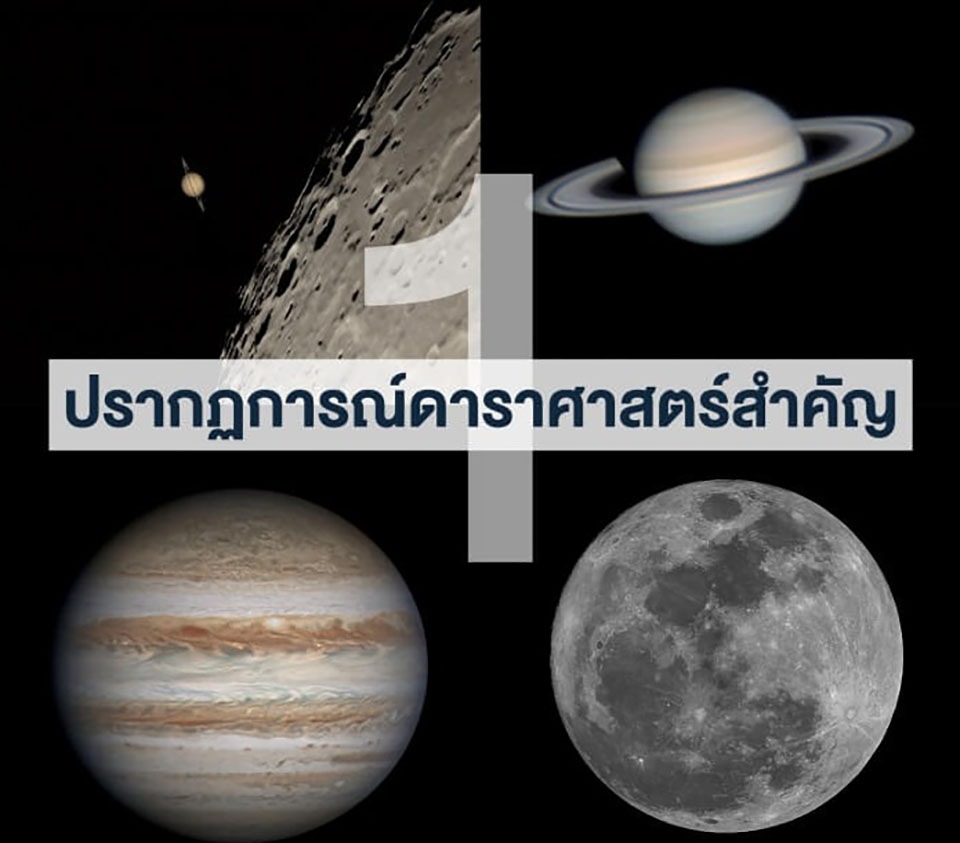
Thailand will be offered chances to witness a series of astronomical events in 2024, beginning with the Micro Full Moon on February 24, coinciding with Makha Bucha Day.
According to the National Astronomical Research Institute of Thailand (NARIT), the calendar includes significant occurrences such as the moon eclipsing Saturn on July 25 and October 15, several planetary conjunctions, including Mars and Venus near the moon in February and March, and a rare alignment of Mars, Saturn, and Venus with the moon in early April.
Internationally, the year is significant for space exploration, with NASA’s Artemis II mission to the moon, the Europa Clipper mission to Jupiter’s moon Europa, JAXA’s exploration of a Martian moon, and ESA’s study of the asteroids Didymos-Dimorphos.
Within Thailand, advancements in astronomy and related sciences are marked by the launch of a 13-meter diameter radio telescope and the “NAPA” stargazing application, turning smartphones into digital star maps. The country is also collaborating on international missions, including the “Chang’e 7” lunar mission with China, and is set to launch the Thai-made NARIT Cube-1 CubeSat satellite.
NARIT is also integrating astronomical research into atmospheric science, particularly in studying the origins of PM2.5 dust particles. The agency’s “Amazing Dark Sky in Thailand” project is also registering dark sky conservation areas to advance the country’s astronomy and support astronomical tourism.
This year, Thailand begins construction of its 5th Regional Observatory for the Public in Phitsanulok province, commemorating His Majesty the King’s 7th Cycle Birthday Anniversary on July 28. (NNT)







